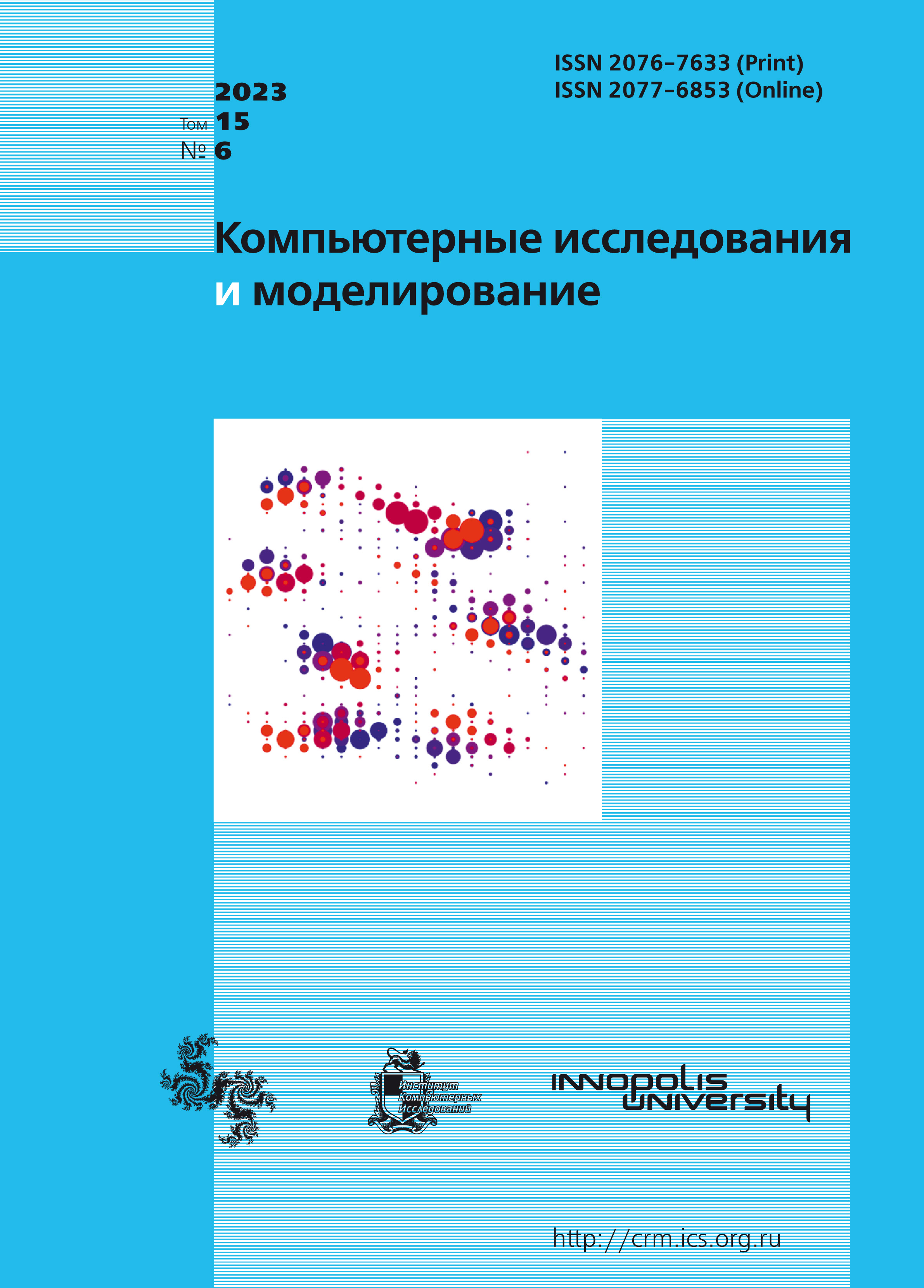All issues
- 2024 Vol. 16
- Issue 1 (special issue)
- 2023 Vol. 15
- 2022 Vol. 14
- 2021 Vol. 13
- 2020 Vol. 12
- 2019 Vol. 11
- 2018 Vol. 10
- 2017 Vol. 9
- 2016 Vol. 8
- 2015 Vol. 7
- 2014 Vol. 6
- 2013 Vol. 5
- 2012 Vol. 4
- 2011 Vol. 3
- 2010 Vol. 2
- 2009 Vol. 1
Features of social interactions: the basic model
 pdf (1795K)
pdf (1795K)
The paper considers the basic model of competitive interactions and its use for the analysis and description of social processes. The peculiarity of the model is that it describes the interaction of several competing actors, while actors can vary the strategy of their actions, in particular, form coalitions to jointly counter a common enemy. As a result of modeling, various modes of competitive interaction were identified, their classification was conducted, and their features were described. In the course of the study, the attention is paid to the so-called “rough” (according to A.A. Andronov) cases of the implementation of competitive interaction, which until now have rarely been considered in the scientific literature, but are quite common in real life. Using a basic mathematical model, the conditions for the implementation of various modes of competitive interactions are considered, the conditions for the transition from one mode to another are determined, examples of the implementation of these modes in the economy, social and political life are given. It is shown that with a relatively low level of competition, which is non-antagonistic in nature, competition can lead to an increase in the activity of interacting actors and to overall economic growth. Moreover, in the presence of expanding resource opportunities (as long as such opportunities remain), this growth may have a hyperbolic character. With a decrease in resource capabilities and increased competition, there is a transition to an oscillatory mode, when weaker actors unite to jointly counteract stronger ones. With a further decrease in resource opportunities and increased competition, there is a transition to the formation of stable hierarchical structures. At the same time, the model shows that at a certain moment there is a loss of stability, the system becomes “rough” according to A.A. Andronov and sensitive to fluctuations in parameter changes. As a result, the existing hierarchies may collapse and be replaced by new ones. With a further increase in the intensity of competition, the actor-leader completely suppresses his opponents and establishes monopolism. Examples from economic, social, and political life are given, illustrating the patterns identified on the basis of modeling using the basic model of competition. The obtained results can be used in the analysis, modeling and forecasting of socioeconomic and political processes.
Indexed in Scopus
Full-text version of the journal is also available on the web site of the scientific electronic library eLIBRARY.RU
The journal is included in the Russian Science Citation Index
The journal is included in the RSCI
International Interdisciplinary Conference "Mathematics. Computing. Education"






